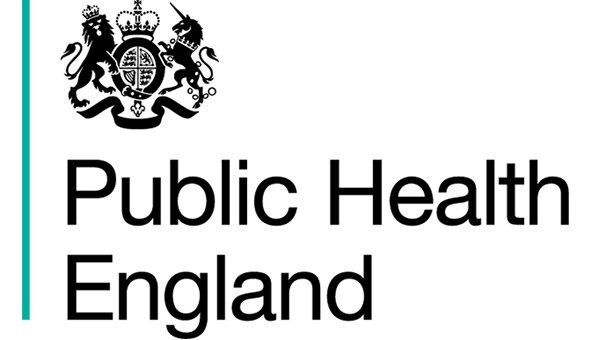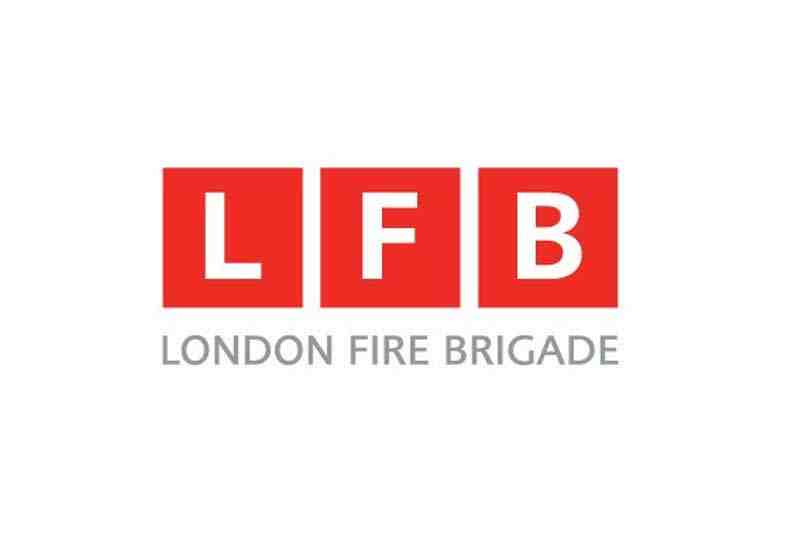Using available national-level survey data (English Housing Survey) as a basis, this project examined the presence of potential carbon monoxide (CO) emission sources and surveyor-perceived CO exposure risks. It sought to use the physical characteristics of the dwellings to derive multi-zone indoor air quality and ventilation models of the housing variants in the EHS, in order to quantify the CO exposure risks across the whole current English housing stock.
In addition, the project also investigated the impacts on low-level CO concentrations in homes of a range of energy efficiency and ventilation measures. This is in line with modern building standards applied to the existing English housing stock, in order to achieve climate change mitigation goals.
Using the indoor CO concentration estimates, this research quantified the degree to which housing may modify the risk of CO poisoning in dwellings at the population level across various factors. These were dwelling ages and types, geographical regions, socio-economic groups, tenures and other factors. This investigation sought to help identify housing variants and populations most at-risk of CO morbidity/mortality, thus helping to prioritise gas safety interventions and advice.

Recommendations
These recommendations cover both suggestions for policy and strategy, as well as proposals to modify behavioural influences on exposure.
- Within limited budget constraints, it is suggested that the emphasis for publicity and advice regarding chronic low-level CO exposure be focused on major cities (with London as a starting point as the largest population centre). In particular, advice could be targeted towards occupants of small flats (especially those adjacent to major roads) due to their expected increased exposure.
- That the CO Research Trust, along with others, push for the addition of purposes provided ventilation (PPV) in any refurbishment strategy (PAS 2030, 2017), as this is essential to prevent an increase in low-level exposure in the English housing stock.
- The continued promotion of advice to owner occupiers and remind private/social landlords to perform regular boiler and gas cooker servicing to help reduce exposure.
- Behavioural changes such as smoking outdoors, using extractor fans during cooking, and allowing for additional ventilation through, for example, window opening during smoking or cooking, can reduce CO exposure. Education/promotional should continue to focus on these behavioural changes.
Future work should investigate emission rates from different heating fuels and CO-producing indoor activities, and explore the influence of occupant behaviour on indoor CO exposure to refine the model assumptions.
Our research partners

University of Leeds

Manchester Metropolitan University

University of Hertfordshire

University College London

St George's University Hospitals

Sheffield Hallam University

Queen Mary University of London

Public Health England

NPIS

Newcastle University

NEA

London Fire Brigade

Université de Lausanne

Imperial College London

Liverpool John Moore University

Lancaster University

Improving Practice in Performance

IGEM

East of England Ambulance Service

Cranfield University

Brunel University London

Aintree University Hospital

Frimley Health

University of Surrey
